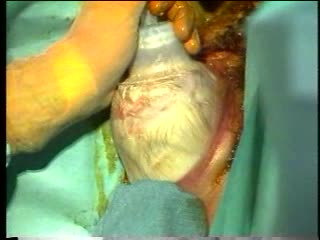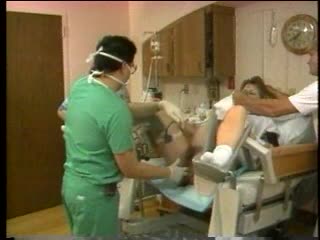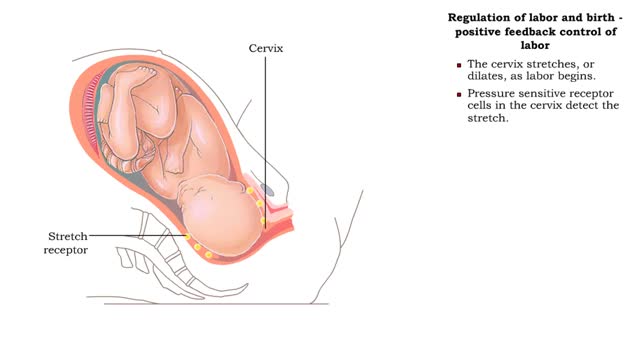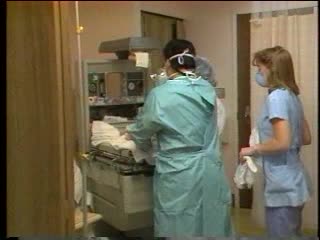Labor and Delivery - Transition
The last part of active labor – when your cervix dilates from 8 to a full 10 centimeters – is called the transition period because it marks the shift to the second stage of labor. This is the most intense part of labor. Contractions are usually very strong, coming every two and a half to three minutes or so and lasting a minute or more, and you may start shaking and shivering. By the time your cervix is fully dilated and transition is over, your baby has usually descended somewhat into your pelvis. This is when you might begin to feel rectal pressure, as if you have to move your bowels. Some women begin to bear down spontaneously – to "push" – and may even start making deep grunting sounds. There's often a lot of bloody discharge. You may feel nauseated or even vomit now. Some babies descend earlier and the mom feels the urge to push before she's fully dilated. And other babies don't descend significantly until later, in which case the mom may reach full dilation without feeling any rectal pressure. It's different for every woman and with every birth. If you've had an epidural, the pressure you'll feel will depend on the type and amount of medication you're getting and how low the baby is in your pelvis. If you'd like to be a more active participant in the pushing stage, ask to have your epidural dose lowered at the end of transition. Transition can take anywhere from a few minutes to a few hours. It's much more likely to be fast if you've already had a vaginal delivery.
Add To
You must login to add videos to your playlists.
Advertisement












Comments
0 Comments total
Sign In to post comments.
No comments have been posted for this video yet.